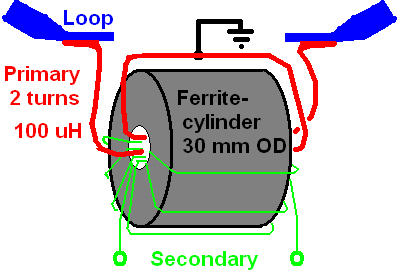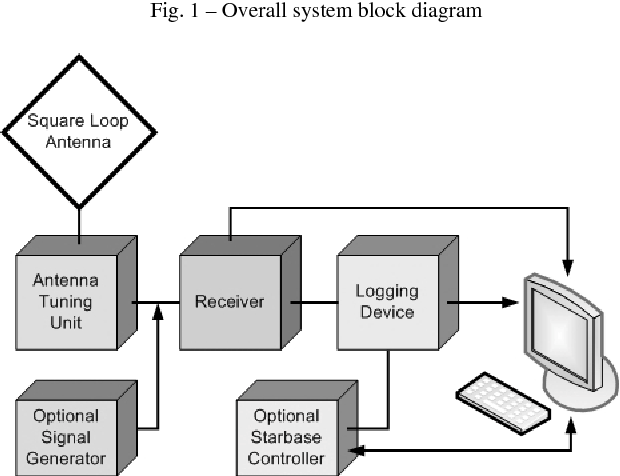

We hope that they will be able to perfect the structure and efficiency of our rooftop telescope, as well as finally be able to collect solar and Jovian signals in addition to the galactic background. We placed bricks on the cables to stabilize them.Īlthough we will not be able to continue this project, we are passing it on to another team of rising senior students for the 2006-2007 school year.
Gyrator iii vlf receiver generator#
Signal interference - the generator on the roof would give off signals, as well as the walkie-talkies we were using, so we turned the generator off and stopped using walkie-talkies.Several of the errors we encountered included: Although it was easy to find information about the signals we were supposed to pick up, we could not figure out what we were doing wrong until we contacted a member of the JOVE community, Mr.

Instead, we faced problems with simple tasks such as tying knots, adapting our equipment to the weather, preparing electronics, and more importantly, understanding the errors we saw in our data. The original difficulties of this project were not in comprehending complicated theories and formulas in college level textbooks. We began this project with little prior knowledge of radio astronomy. The main goal of our project was to collect and analyze data, but it quickly became more of a priority to analyze the telescope itself. One of the differences in our project compared to the other projects at the Fair was the fact that our project was based on research, not experimentation. We entered our project in the local science fair and progressed to the regional level amongst steep competition, finishing with second place in our Earth & Space Science category and a first place award from the National Space Club. This is actually the first year that a team has been able to collect data the prior two teams spent their time constructing the telescope. During the 2005-2006 school year, we have been continuing a three year Radio JOVE project to collect signals from the galactic background. We are two seniors at Thomas Jefferson High School for Science and Technology in Alexandria, Virginia. We also compute the evolution of the electron number density of the ionosphere due to these events and found that the ionosphere was becoming increasingly charged due to repeated bombardment of the high energy radiations.Radio Jove: the High School Students' Perspectiveīy Megan Ammirati and Amanda Andrei (Thomas Jefferson High School, Virginia)

Gyrator iii vlf receiver code#
We used the Long Wave Propagation Capability code to compute the changes in the ionospheric parameters due to the repeated passage of the high energy radiation. We found that 28 of them are within three seconds of the satellite observations and 38 (fifty percent) of them are within seven seconds of the satellite observations. We detected seventy six events in our VLF detector which appear to be associated with the SGR J1550-5418. We looked for signatures of sudden ionospheric disturbances (SID) which commenced within seconds of the observations reported by various satellites. The observations were made by a loop antenna and a Gyrator-II type receiver which was tuned to the 500KW VTX station transmitting Very Low Frequency (VLF) signal at 18.2kHz. We report our observation of ionospheric disturbances made by incident Gamma Rays from the Soft Gamma Repeater SGR J1550-5418 which took place on 22nd of January, 2009.


 0 kommentar(er)
0 kommentar(er)
